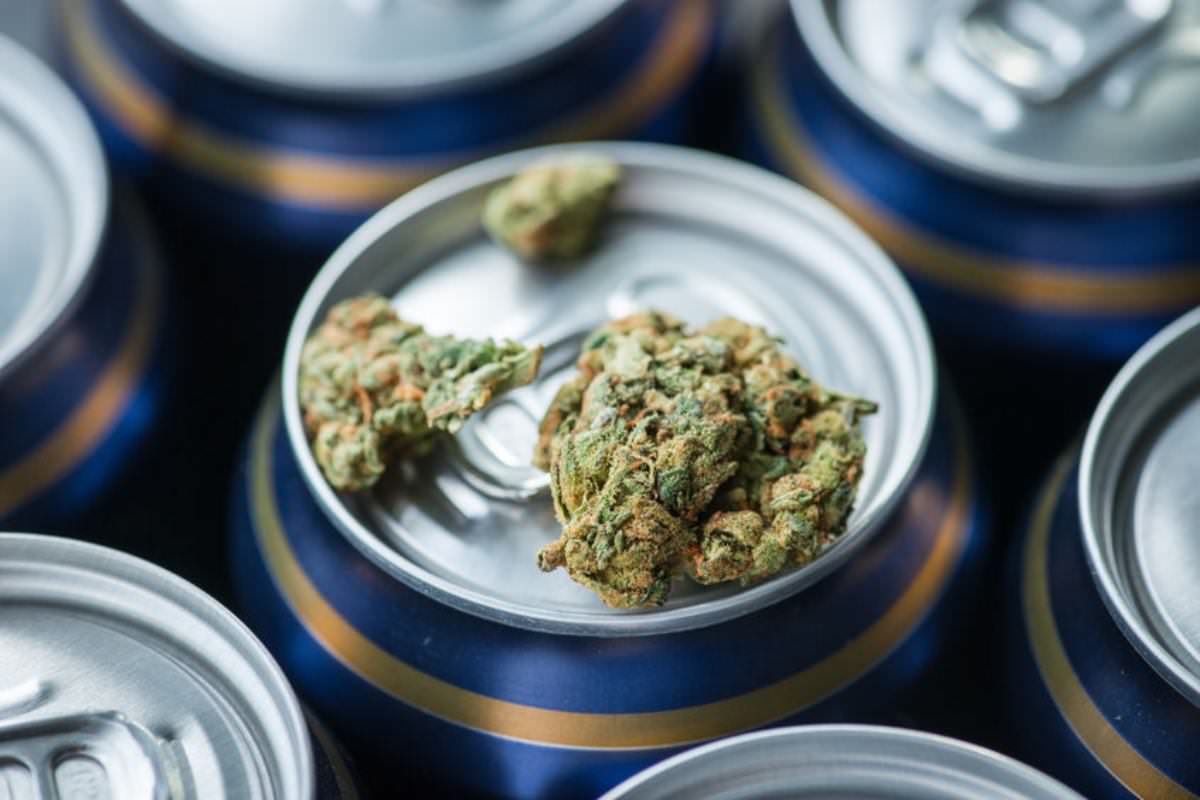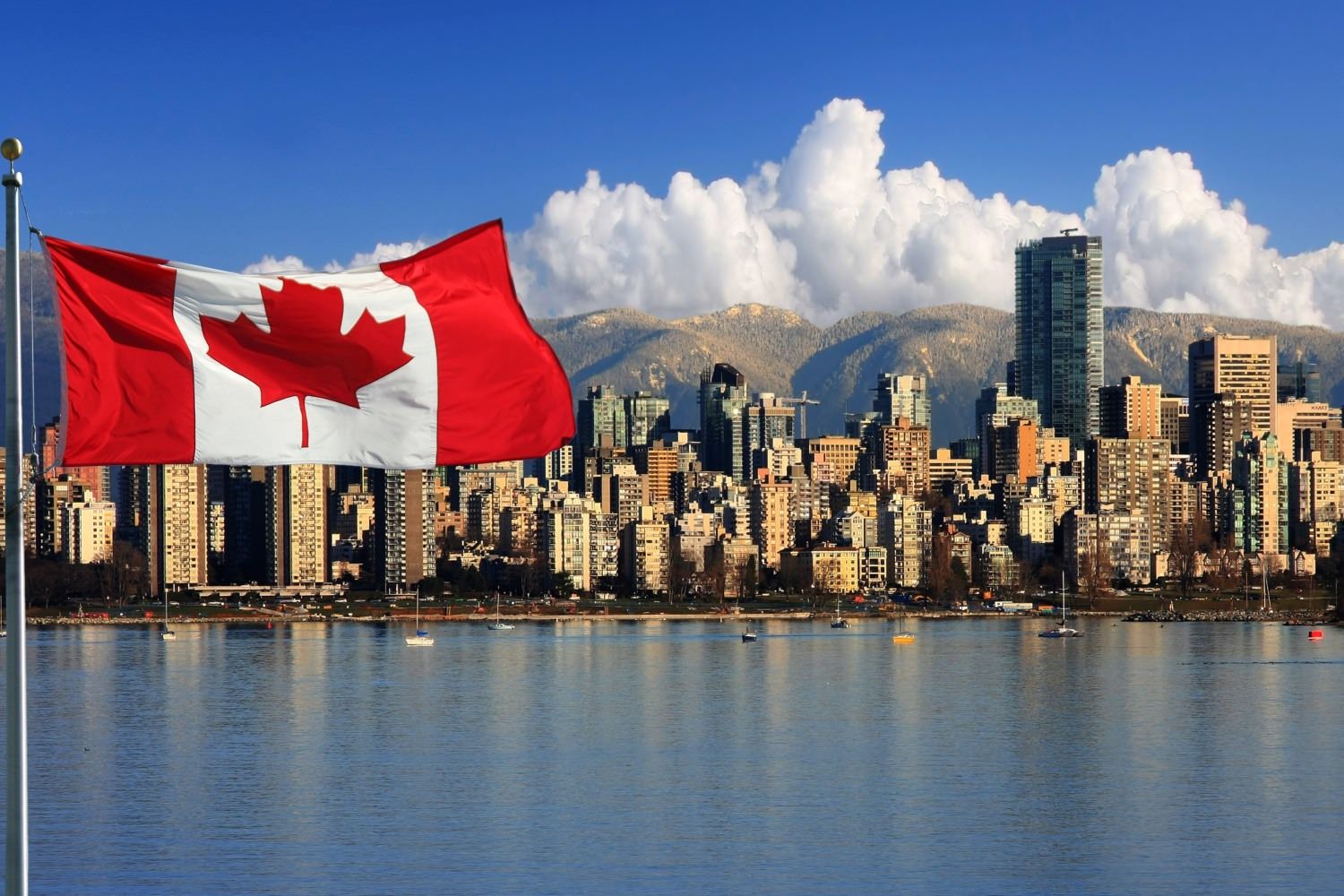The Trump administration’s imposition of tariffs on China is expected to have a direct impact on several sectors of the marijuana industry – in particular, cannabis vaporizer companies.
Others likely to be affected include:
- Cultivation operations that want to expand their greenhouse facilities.
- Growers that need to buy lighting equipment.
- Brands that purchase packaging from China.
- Businesses that buy materials made with Chinese-made steel and aluminum, such as extraction equipment.
“If I was in the vape industry or the lighting industry or greenhouse industry, I would be pretty concerned that costs were going to go up as the result of a trade war,” said Kevin Hogan, president and co-founder of Oregrown, a vertically integrated cannabis company in Bend, Oregon.
Here’s a review of the major factors developing around the issue for the cannabis industry.
1. Businesses are anxious their costs could go up because of a trade war.
On May 29, President Trump announced that by June 15 the Office of the United States Trade Representative (USTR) should announce 25% tariffs on approximately $50 billion worth of Chinese imports containing “industrially significant technologies.”
Included on the second list of items under the increased tariffs is the harmonized tariff schedule code 8543.70.99.40, which relates to vapor product devices, batteries intended for use in vaping devices and pre-filled pods and cartridges.
That HTS code was one of 284 on the second list to undergo further review in a public notice and comment process, including a hearing in front of the USTR.
The public comment period on that ended Aug. 1. Now vaporizer companies are waiting to hear if the USTR will strip out any HTS code related to vaporizer devices before the tariffs go into effect.
The White House also announced on Aug. 1 it may up its proposed tariffs to 25% from 10% on another $200 billion of Chinese imports.
According to the import-export data tracking website Datamyne, the United States imported $42 million worth of vaporizers or vaporizer parts under the above HTS code from China in 2017 and $800,000 worth of similar products from Hong Kong.
The next three closest markets accounted for less than $500,000 in imports combined.
Hogan said vaping products are among the largest-growing segment in cannabis “by a country mile,” and Oregrown doesn’t sell any vaporizers that aren’t made in China.
None of the vaporizer brands Hogan’s store carries has told him to increase prices. But it’s on his radar.
On the construction side, Hogan said he’s also concerned about the potential future cost of steel for greenhouses.
However, a greenhouse builder he contracts with “got ahead of the curve” and ordered its steel before the tariffs were imposed so he was “insulated from the increase in costs.”
2. Consumers likely will have to pay more for vape cartridges.
In states such as Oregon, a lot of the outdoor-grown cannabis flower that is sold on the low end of the market is processed into oil and sold for vape cartridges, so the tariffs directly affect one of the largest segments of the state’s cannabis industry.
“So many companies are struggling to survive on all levels of the supply chain that these tariffs are like throwing salt in the wound,” said Brad Blommer, a cannabis attorney in Portland, Oregon.
“Ultimately, the consumers are going to have to pay more.”
“It really is a trade war,” said Josh Church, chief regulatory and compliance officer for Joyetech Group, a major manufacturer of vaporizers for both e-cigarettes and the cannabis industry with headquarters in Changzhou, China.
“The difference between us and other industries is that all of the vaporizer manufacturers are based in China,” Church said.
“For the cannabis industry, there are very few (U.S.) domestic manufacturers of vaporizers.”
One of the key drivers of the Trump administration’s trade policy is to bring back jobs that the United States has lost to markets in other countries.
But making cannabis vaporizers isn’t a legacy industry for American workers in the same way that steel manufacturing is. There have never been large-scale vaporizer manufacturers or e-cigarette companies in the United States.
“The issue is that we as an industry don’t even have the ability to manufacture stateside,” Church said.
3. Repercussions from tariffs may not be immediately apparent.
Jan Verleur, CEO of Miami-based VMR Products, which owns cannabis vaporizer product line Prohibited, said his company imports container-sized goods from Shenzhen, China, every week and he hasn’t seen the impact of the tariffs yet.
He doesn’t expect to see anything show up in his financials until this fall at the earliest.
“But the profit margins in the cannabis space as an overall rule are still healthy,” Verleur said. “I don’t think this is a hit that’s going to collapse anyone’s business.”
Jeremy Heidl – president of Denver-based Organa Brands International, which has a large-scale vaporizer brand in the cannabis industry – said as of last week he hadn’t seen the impact of the tariffs, but he’s waiting for it.
“We expected it about a month ago, when the announcement was made,” Heidl said.
Organa Brands also imports equipment, packaging and other items from China.
“(The tariffs) make U.S. equipment nearly the same price, so I guess it’s having the intended effect there,” he added.
Heidl also said it’s not a guarantee that consumers will see the added cost of the tariffs passed down to them.
“It’s pretty difficult to raise cannabis prices in the market right now,” he said. “It will likely be absorbed” by the cannabis companies.
But Arnaud Dumas de Rauly – co-founder and co-CEO of New York-based The Blinc Group, a vapor and cannabis technologies incubator – pointed out that the margins aren’t that large on the hardware.
“Adding 25% tariffs on top of that really makes it hard to not pass this on to the consumer,” he said.
Dumas de Rauly testified in front of the USTR last week, arguing that increasing the cost of vaporizers in states like New York and Florida, which have medical marijuana markets that don’t allow for smokable flower, will drive more patients to the black market.
In the future, Dumas de Rauly would like to see the marijuana industry pay closer attention to business-as-usual regulations that could have a significant impact on company owners.
“As a nascent industry, we are sometimes narrow-minded and focus specifically on the cannabis regulations and forget the rest,” he said.
Morgan Fox, media relations director for the National Cannabis Industry Association, said he hadn’t heard of any members complaining about the tariffs, and the trade group hasn’t developed a strategy on the issue.
“It’s definitely something that’s under discussion,” he said.
Bart Schaneman can be reached at barts@mjbizdaily.com





